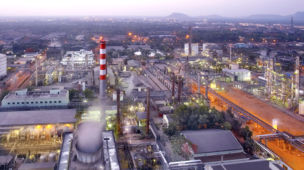Tempo de leitura: 1 minuto
Free-trade zones in Singapore are special economic areas that offer beneficial customs and tax treatment to firms that operate within them. In this guide, we will discuss what are free-trade zone in Singapore, how they are regulated, what are their advantages, and which permits or licenses your company requires to operate within free-trade zones in Singapore.
Singapore is known around the world as a trade-focused country with pro-business free trade regulations that form the core of its international trade policy. Singapore’s free-trade agreements, investment guarantee agreements, and more than 80 Double Tax Treaties, or Double Taxation Avoidance Agreements (DTAAs), including the India-Singapore DTAA) and the Spain-Singapore DTAA, allow smooth trade with nearly every country in the world.
Another advantage that Singapore offers to international trade firms is its free-trade zones (FTZs). FTZs in Singapore were first established in 1969 to support the country’s aim of being a centre for entrepot trading and transhipment activities. Since then, their objectives have expanded. FTZs in Singapore are designated areas where the payment of duties and taxes is suspended when goods arrive, are stored, or sold within the FTZ.
Currently, there are nine Singapore free trade zones:
Airport Logistics Park of Singapore
Brani Terminal
Changi Airport Cargo Terminal Complex
Jurong Port (including Pulau Damar Laut)
Keppel Distripark
Keppel Distripark Linkbridge
Pasir Panjang Terminal
Sembawang Wharves
Tanjong Pagar Terminal and Keppel Terminal






Os comentários foram encerrados, mas trackbacks e pingbacks estão abertos.